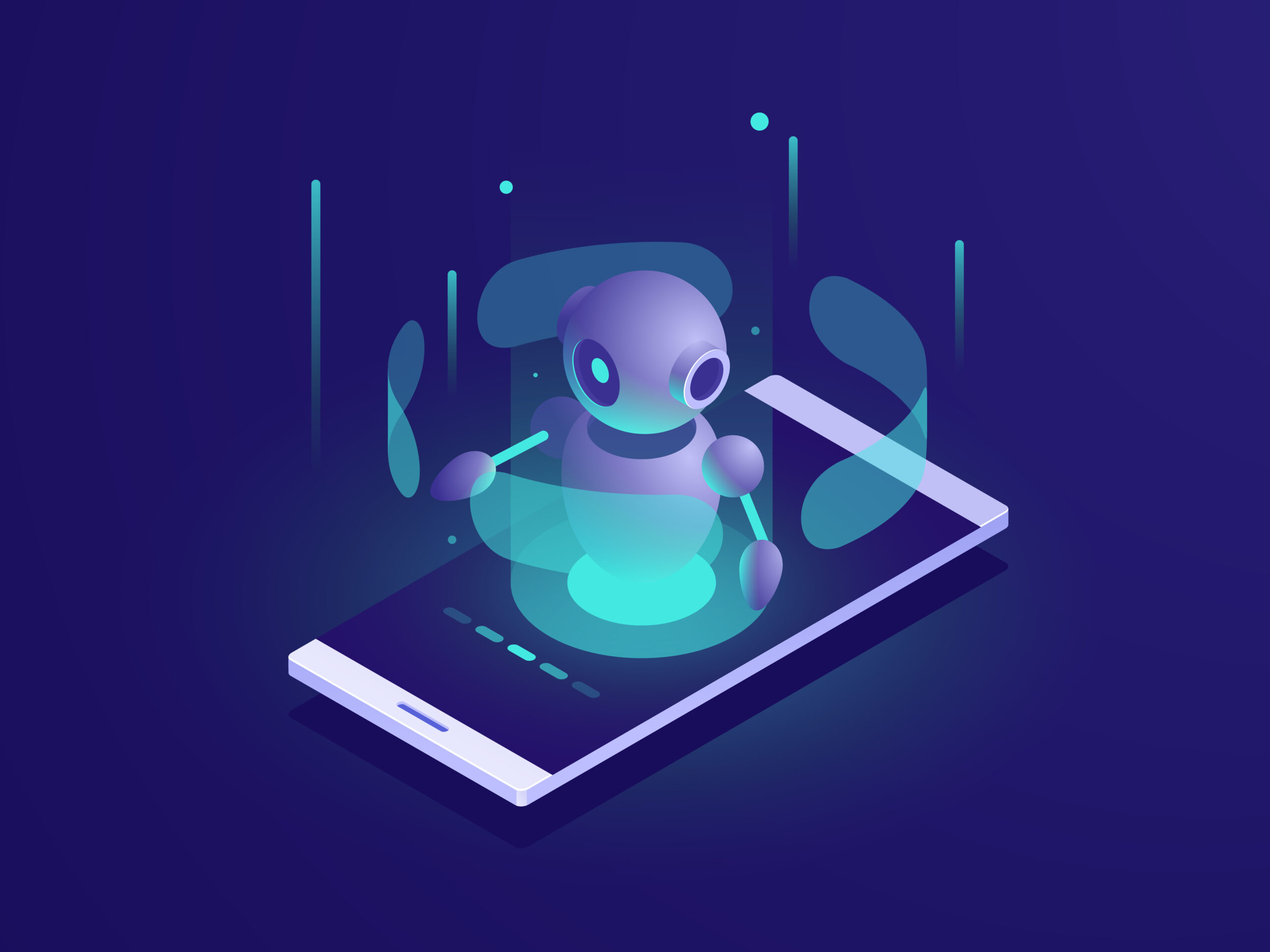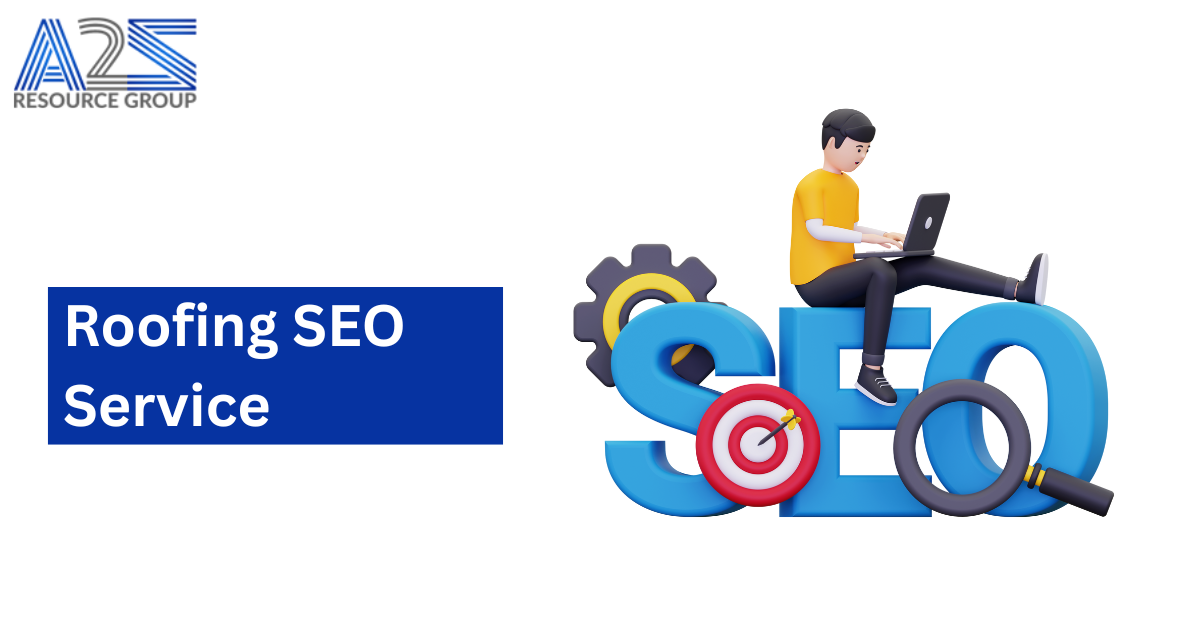Transforming Customer Experience with AI-Powered Bots

In today’s fast-paced digital environment, businesses can’t afford delays in customer communication. Whether it’s responding to inquiries, assisting with purchases, or collecting feedback, quick and accurate interaction is essential. This demand has pushed more companies to invest in smart AI-driven chat solutions that run around the clock. Behind these systems are specialized development teams that build bots tailored to each brand’s goals and customer needs. From small startups to global enterprises, the right chatbot can transform how companies interact with their audience—saving time, cutting costs, and increasing satisfaction.
Why Businesses Turn to AI Bots for Daily Operations
More companies rely on AI-powered solutions to reduce manual workload, handle customer queries, and maintain 24/7 availability. As customer expectations increase, firms can’t afford to ignore the speed and precision that chatbots offer. Whether it’s answering basic questions, managing bookings, or handling e-commerce support, chatbots make business operations faster and more responsive.
Companies want consistent communication. With AI bots, that’s achievable across channels—websites, mobile apps, or messaging platforms like WhatsApp, Facebook Messenger, and Slack. Bots never rest, never lose patience, and don’t make typing errors. That alone cuts costs and raises satisfaction levels.
What a Chatbot Development Company Brings to the Table
Hiring a chatbots development company means access to technical expertise, AI strategy, and industry-specific solutions. Businesses avoid trial-and-error setups and instead get custom solutions aligned with their processes.
1. Strategy and Planning
Top firms analyze business goals before choosing platforms, tools, and frameworks. Not all bots suit every company. Some need rule-based bots that answer specific queries, while others require AI-driven bots that learn from user interactions.
2. UX and Flow Design
A chatbot that confuses users adds zero value. Developers map out user journeys to ensure logical flow, fast resolution, and fewer back-and-forths. This leads to higher satisfaction and more engagement.
3. Natural Language Processing (NLP) Integration
Users expect bots to understand slang, context, and intent. Skilled developers train bots using domain-specific datasets to make them smarter and more relevant.
4. Multi-Platform Support
Customers contact brands through various channels. Development teams build bots compatible with messaging apps, websites, and even voice assistants like Alexa or Google Assistant.
5. Maintenance and Upgrades
Post-launch, bots need regular tuning. As businesses grow, chatbots must adapt. Developers ensure bots evolve by adding features, fixing errors, and improving accuracy.
Types of Chatbots Companies Usually Build
Each business has different communication goals. Some need bots for quick answers; others want full-scale automation.
Rule-Based Chatbots
These bots follow pre-defined workflows. Ideal for FAQs, lead qualification, and basic support tasks, they’re simple and reliable.
AI-Driven Bots
These bots use machine learning and NLP to analyze language and provide human-like responses. They improve over time with training data and user input.
Voice Bots
Voice-based chatbots serve users who prefer speaking instead of typing. These are commonly used in banking, travel, and customer service hotlines.
Hybrid Chatbots
Hybrid models combine rule-based logic and AI. These provide flexibility and maintain control while offering intelligent conversation.
How Companies Select the Right Development Partner
Choosing a development partner isn’t just about coding skills. Companies should look at industry experience, solution quality, and client support.
Portfolio Strength
Review previous work. A good company shows bots built for various sectors—retail, healthcare, real estate, education, etc.
Technology Stack
Firms that work with Dialogflow, Microsoft Bot Framework, Rasa, and other top platforms offer scalable solutions. They integrate APIs and databases effortlessly, making bots smarter and more useful.
Client Feedback
A trusted development partner has reviews that speak to their reliability and problem-solving skills. Timely delivery, transparent pricing, and after-launch support matter.
Data Security Compliance
Chatbots often deal with personal and payment-related data. Development teams must implement encryption, access controls, and other security features.
Benefits That Chatbots Bring to Businesses
Implementing chatbots offers businesses a range of advantages that improve operations and customer interaction. Here are some key benefits chatbots bring to companies:
1. Cost Efficiency
Fewer agents, lower training costs, and automated issue resolution mean big savings for companies.
2. Instant Response
Bots can handle thousands of users at once. No queue, no wait. This is essential for time-sensitive industries like travel or finance.
3. Lead Generation
Chatbots can collect user details, qualify leads, and schedule follow-ups—all without human intervention.
4. Data Collection
Every interaction with a bot produces data. Businesses can use this data to improve products, services, and communication strategies.
5. Sales Support
Bots help customers find products, check availability, and even complete purchases. This keeps revenue flowing outside of office hours.
Future Trends in Chatbot Development
The chatbot landscape continues to evolve as new technologies emerge, shaping how businesses and customers interact. Here are some important trends to watch in chatbot development:
1. Voice-First Experiences
Voice bots are becoming standard in homes and offices. More companies now request voice capability from development firms.
2. Emotion Recognition
Advanced bots can now detect user mood through text or voice. This helps adjust responses and prevent negative experiences.
3. Integration with IoT
Chatbots will control smart devices in industries like manufacturing, retail, and healthcare.
4. Hyper-Specific Training
Future bots will learn industry jargon and business-specific workflows faster through targeted data sets.
What to Expect When Hiring a Bot Development Team
When working with a professional development company, businesses can expect clear timelines, documented processes, and full collaboration.
Here’s what the process usually looks like:
- Consultation – Define goals and target users.
- Design – Build conversation flows and user interface elements.
- Development – Write code, train the AI model, and connect APIs.
- Testing – Simulate interactions and fix logic errors.
- Deployment – Launch across selected platforms.
- Monitoring – Track usage, feedback, and performance.
Final Thoughts
A chatbot is more than just an automated assistant—it’s a direct line between business and customer. The right development company doesn’t just build bots; it builds experiences that improve loyalty, increase revenue, and reduce friction.
Companies ready to upgrade their communication model should consider investing in a skilled chatbot development team. With the right setup, businesses can handle queries in real time, cut support costs, and offer customers the fast, accurate service they demand.


